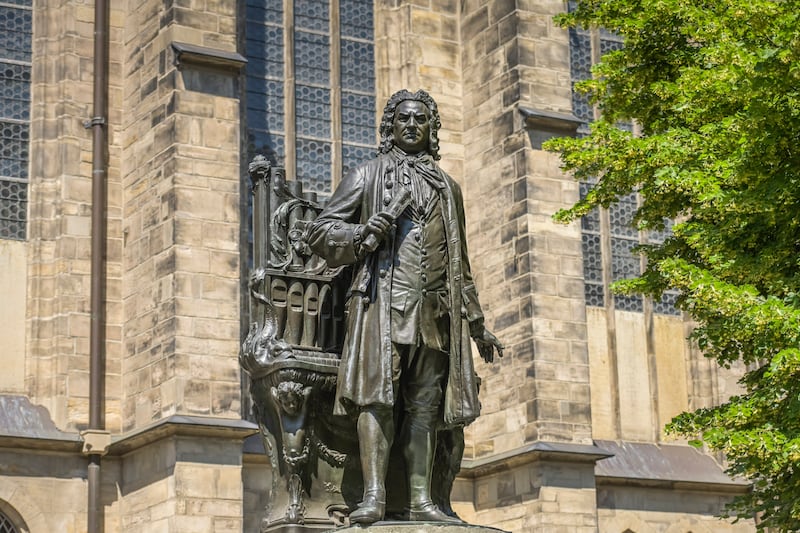In a year that has seen a veritable flood of books about the Easter Rising, many more general ones on the capital have also been published, revealing hidden sites with seldom told stories. In Dublin 101 Interesting Facts (Bloomhill Publishers, €14.95) by Brendan Murphy, you will discover that Downing Street in London is named after George Downing, who was born in Dublin in 1623 and whose portrait still hangs in the entrance hall to No 10.
The book is packed with a wealth of historical trivia and eclectic information, some of which may be handy in a pub quiz: according to The Guinness Book of Records, Jacob's Cream Crackers, invented in Dublin in 1885, are the hardest biscuits to eat quickly; the first MGM Lion – originally called Cairbre and renamed Slats – was born in Dublin Zoo; the phrase "I'm putting on my Balbriggans", drawled by John Wayne in movies, derives from Smyth's Stocking Mill in north Co Dublin. More entries in this vein provide hours of pleasurable dipping.
A similar approach will reward you by delving into Frank McNally's 111 Places in Dublin That You Shouldn't Miss (Emons, €17.95). This newspaper's Irishman's Diarist has scoured the city, choosing the scenic detour over the main route, and in his resolutely curious style, writes as an Observateur ambulando about less obvious places. One of the images that frequently stops visitors in their tracks is the Last Supper on a wall in the Italian quarter. But many are not aware that this is a photograph, screen-printed in vitreous enamel on nine steel panels, and based on real people.


McNally loves the strange, incongruous and peculiar, linked to the telling detail such as the clutter of Francis Bacon's studio reassembled from London with 2,000 brushes, 1,500 photographs, 1,300 torn-out book pages, and 100 slashed canvases. If you want to locate the best place to buy Buckfast Tonic Wine, find out where to listen to the "Balaclavas Session", or track down the London plane tree that is bizarrely devouring a bench, it is all in this vade mecum. Some entries come with money-saving tips and additional detail about nearby sites. The text is complemented with photographs taken by the author's daughter Róisín, bringing added value to an ideal Christmas stocking filler. A more conventional approach is adopted by Maurice Curtis in Temple Bar: A History (History Press Ireland, €15) which paints a vivid tapestry of the area. Street-by-street, from the Vikings to the Victorians, the author explores the chequered history of a warren of alleyways, lanes and winding passages bringing alive their social, commercial and architectural importance.
The pages are crowded with a cast of eccentric characters such as the low-life musician and stealer of corpses Crazy Crow, the Italian rope dancer and pantomime artiste Madame Violante, and Dorcas “Darkey” Kelly, who ran a brothel dealing with non-paying customers in a murderous way. We are introduced to the “young Bucks” of the 18th century carousing in clubs such as Daly’s, and the Pinking Dindies, a gang skilled in the art of “pinking” or slashing their victims with swords.
In those days, Temple Bar was a grim place with Saturday hangings, and the pillorying and stocks outside the Tholsel a source of entertainment. Black humour often prevailed in ballads such as The Night Before Larry was Stretched and The Kilmainham Minuet. The gambling houses of Smock Alley, the cockfighting tournaments at Cock Hill, and the notorious shebeens may have gone, but Curtis evokes their sounds and smells along the overcrowded streets, as well as the dangers of walking the cobbled alleys after dark. Take this book with you on a stroll through the bustling area today and let your imagination wander to a time when the aptly named Winetavern Street had no fewer than 137 alehouses.
Different layers of the city are uncovered in the late journalist Hugh Lambert's Discover Dublin (Collins Press, €9.99) based on articles originally published in the mid-1990s by The Leader, a south Dublin newspaper. Lambert died in 2005, and his son Paul has collected the pieces together in an attractive pocket-sized anthology.
Written in a breezy and humorous style, they range over history, topography and buildings as diverse as Dublin Castle, Poolbeg Lighthouse and Martello towers, all interspersed with vignettes of “True Dubs”. And although the name may sound like it, “Katty Gollagher” is not a quirky historic character, but Dublinese for Carrickgollogan Hill, south of the city.
In the only hardback in this clutch of publications, Four Courts Press has collaborated with Dublin City Council to produce The Three Castles of Dublin (€25) by Michael English. The city's familiar Coat of Arms appears on civic buildings, flags, lamp standards, water hydrants and other street furniture, but its origins date back nearly 800 years when the three castles first appeared on a city seal as three watchtowers over one of the fortified main gates. They became a symbol and by the mid-16th century had been divided into three separate castles.
Encompassing the 13th to the 21st centuries, the book is divided into five chapters with a lavish spread of photographs accompanying the entries. Open a page at random and you will find the three castles logo crops up in unlikely places: on cigarette cards, some woven in silk; as designs of sports organisations ranging from the Avona Boxing Club to Bohemian, Shelbourne and Dublin City Football Clubs, and even makes a tattooed appearance on a man’s arm.
An endlessly fascinating book, it is described by the Lord Mayor as a treasure hunt. On the imprint page, a thought-provoking epigraph from John Barr states: “History is written by eyewitnesses . . . who weren’t there.”
Paul Clements is the author of Wandering Ireland's Wild Atlantic Way: From Banba's Crown to World's End, published by the Collins Press.















